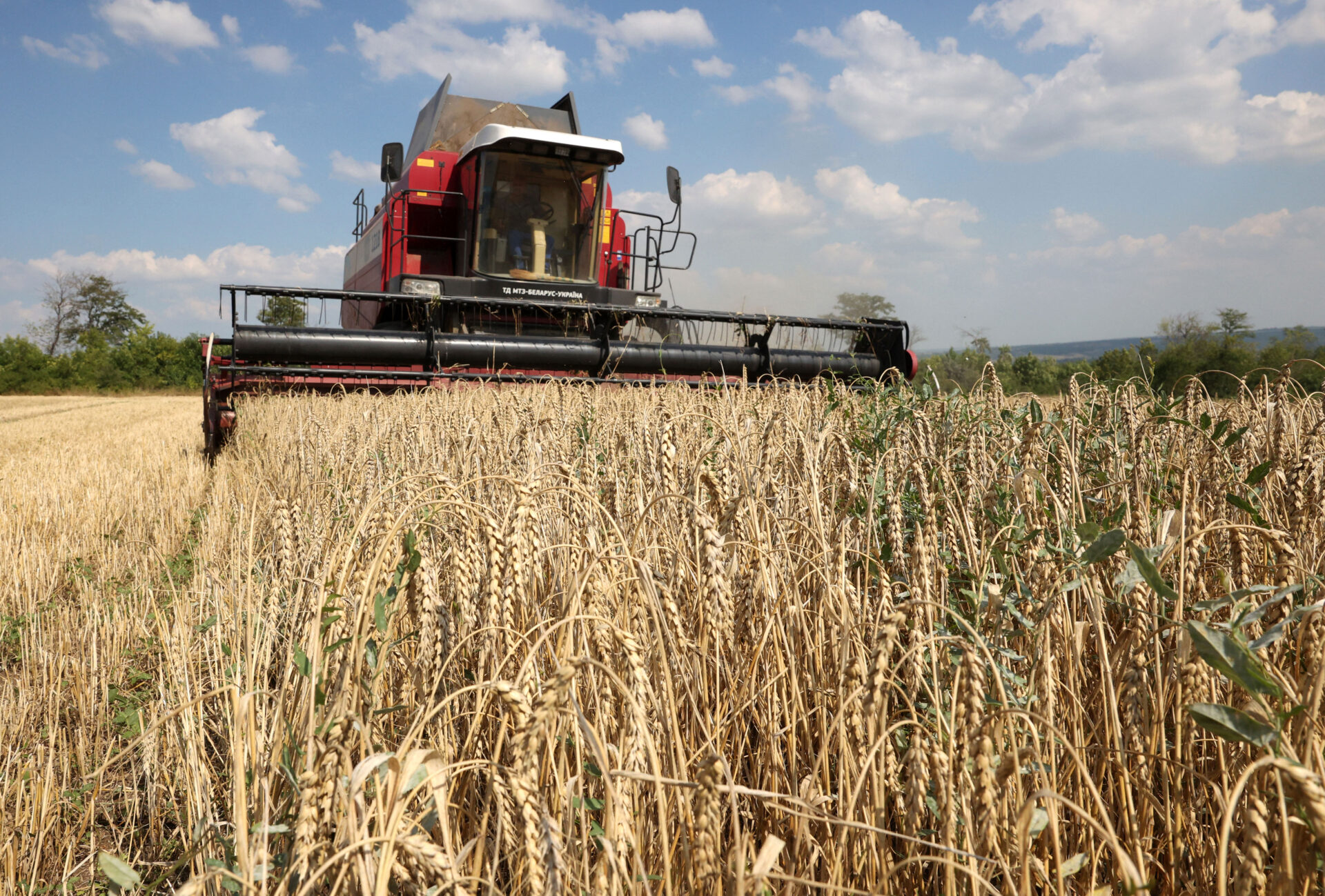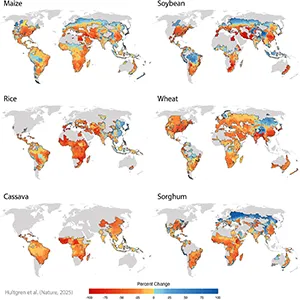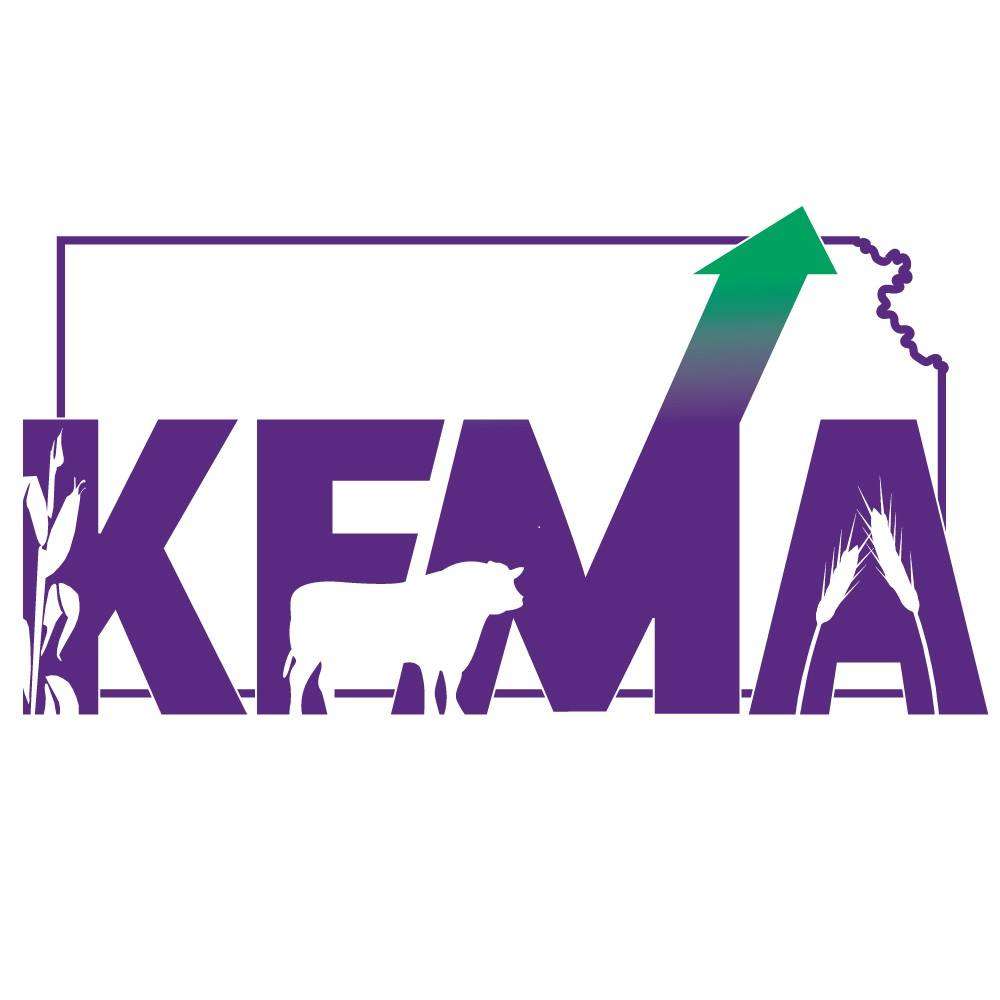Turning waste into wealth: harnessing chicken waste to strengthen soil health for smallholder farmers – CIMMYT

Report on the Poultry Manure to Market Initiative in Malawi
Executive Summary: Addressing Agricultural Challenges through the Sustainable Development Goals
In Southern Africa, smallholder farmers, who form the foundation of rural economies, face significant obstacles including soil degradation, high synthetic fertilizer costs, and restricted access to organic inputs. These challenges impede progress towards several Sustainable Development Goals (SDGs). A collaborative initiative in Malawi is transforming poultry waste into a valuable organic fertilizer, creating a sustainable business model that directly supports key SDGs. This report details the pilot program, its implementation, outcomes, and its potential to advance sustainable agriculture across the region.
Project Framework: Aligning with the 2030 Agenda for Sustainable Development
The initiative, a partnership between One Acre Fund (OAF) and the Southern Africa Accelerated Innovation Delivery Initiative (AID-I) Rapid Delivery Hub, establishes a circular economy model that addresses critical development targets.
Core Objectives and SDG Linkages
- SDG 2 (Zero Hunger): The primary goal is to enhance soil fertility and crop productivity for smallholder farmers, thereby improving food security and promoting sustainable agricultural practices.
- SDG 12 (Responsible Consumption and Production): The project creates a viable value chain for converting poultry industry waste into a productive agricultural input, exemplifying circular economy principles.
- SDG 1 (No Poverty): By providing an affordable alternative to costly synthetic fertilizers, the initiative aims to increase farm profitability and reduce economic vulnerability in rural communities.
- SDG 17 (Partnerships for the Goals): The project is founded on a multi-stakeholder collaboration involving NGOs, research hubs, private sector entities (poultry farms), and local farmers.
Implementation of a Sustainable Value Chain
The pilot program, launched in December 2023 in southern Malawi, aimed to connect large-scale poultry farms with a manure surplus to 1,000 smallholder farmers. The implementation focused on two critical components of the organic fertilizer value chain.
1. Supply Chain and Quality Assurance
Establishing a reliable supply of high-quality organic fertilizer was a foundational step, directly contributing to SDG 15 (Life on Land) by promoting soil restoration.
- Standardization: In the absence of national standards, the project collaborated with Farming and Engineering Services (FES) AgriLab to develop protocols for testing nutrient and moisture content.
- Processing: Poultry farms were engaged as manufacturers to process raw waste into a uniform, dry, and bagged product.
- Logistics: OAF managed the collection and distribution, ensuring timely delivery to maintain product quality and agronomic relevance.
2. Market Development and Farmer Adoption
Generating demand and ensuring proper use were crucial for achieving long-term impact on SDG 8 (Decent Work and Economic Growth) by creating a new, sustainable market.
- Capacity Building: Soil health bootcamps were conducted to educate farmers on the agronomic benefits and correct application techniques for chicken manure.
- Demand Tracking: Adoption was monitored by tracking the number of participating farmers and the volume of manure purchased.
Pilot Program Outcomes and SDG Impact
The pilot program successfully demonstrated strong farmer demand and the viability of a scalable business model, exceeding its initial targets and providing a clear pathway for advancing agricultural sustainability.
Key Results:
- Farmer Outreach: The initiative reached 2,391 farmers, more than double the initial target of 1,000. This success is a direct contribution to SDG 1 (No Poverty) and SDG 2 (Zero Hunger) by improving access to productivity-enhancing inputs.
- Scalable Model: The pilot established a replicable model that can be integrated into national agricultural programs, such as Malawi’s fertilizer subsidy program, to amplify its reach and effectiveness.
- Improved Soil Health: The project promotes the combined use of organic manure and inorganic fertilizers, a practice that improves input efficiency and contributes to long-term soil health, aligning with SDG 13 (Climate Action) and SDG 15 (Life on Land).
Operational Challenges and Strategic Learnings
The pilot encountered several challenges that provided valuable insights for future scaling.
- Product Variability: Inconsistent moisture and nutrient content in the manure, affected by weather, initially raised farmer concerns about quality. This highlighted the need for robust farmer sensitization and transparent communication.
- Supply Chain Logistics: The batch-based availability of manure required adapting workflows and underscored the need to professionalize the supply chain with standardized protocols.
- Regulatory Framework: The initiative operated initially without national standards, but its work has since been reinforced by the Malawi Bureau of Standards’ publication of official organic manure standards (MS1084:2023).
Conclusion: Scaling the Model for Broader Impact
The manure-to-market initiative represents a significant step towards sustainable agriculture in Malawi. By transforming waste into a resource, the model directly supports a circular economy and contributes to multiple SDGs. However, Malawi’s organic fertilizer value chain remains underdeveloped, with consumption at less than 0.2% of total fertilizer use.
Recommendations for Future Action:
- Investment in Production: Scale up the collection and processing of chicken manure to ensure a consistent and reliable supply.
- Strengthen Distribution Networks: Enhance logistical systems to efficiently connect suppliers with rural farmers.
- Policy Support and Education: Increase investment, policy support, and farmer education to build trust and promote the widespread adoption of organic fertilizers.
Scaling this innovative solution is critical for redefining soil management, strengthening climate resilience, and driving inclusive agricultural growth in Southern Africa, thereby accelerating progress towards the Sustainable Development Goals.
Analysis of Sustainable Development Goals in the Article
1. Which SDGs are addressed or connected to the issues highlighted in the article?
The article discusses a project in Malawi that transforms chicken manure into organic fertilizer for smallholder farmers. This initiative addresses several interconnected challenges and therefore relates to multiple Sustainable Development Goals (SDGs). The following SDGs are most relevant:
- SDG 1: No Poverty: The article focuses on smallholder farmers who form the “backbone of rural economies” but struggle with low crop yields, which directly impacts their income and economic stability. By providing an affordable solution to improve productivity, the initiative aims to enhance their livelihoods and reduce poverty.
- SDG 2: Zero Hunger: The core objective of the project is to address food security by tackling low “crop yields” and the need to “sustain productivity.” By improving soil fertility and enhancing crop production for smallholder farmers, the initiative directly contributes to ending hunger and promoting sustainable agriculture.
- SDG 8: Decent Work and Economic Growth: The project establishes a “viable business model” that connects poultry farms with smallholder farmers. This creates economic value from a waste product, strengthens “rural economies,” and fosters inclusive agricultural growth by creating a new market for organic fertilizers.
- SDG 9: Industry, Innovation, and Infrastructure: The initiative is described as a “novel approach” and an “innovation” that required developing new protocols for quality testing and building a new supply chain. It involves creating infrastructure for collecting, processing, and distributing the organic fertilizer, thus promoting sustainable industrialization and innovation.
- SDG 12: Responsible Consumption and Production: The project exemplifies a circular economy approach by turning poultry “waste” into a valuable resource (“untapped potential”). This directly addresses the goal of reducing waste through recycling and reuse, promoting sustainable management of natural resources.
- SDG 15: Life on Land: The article explicitly highlights the problem of “depleted soils” and the project’s goal to “restore soil fertility” and improve “soil health.” This directly contributes to combating land degradation and promoting the sustainable use of terrestrial ecosystems.
2. What specific targets under those SDGs can be identified based on the article’s content?
Based on the specific actions and goals described in the article, the following SDG targets can be identified:
- Target 2.3: By 2030, double the agricultural productivity and incomes of small-scale food producers, in particular women, indigenous peoples, family farmers, pastoralists and fishers, including through secure and equal access to land, other productive resources and inputs, knowledge, financial services, markets and opportunities for value addition and non-farm employment.
- Explanation: The project directly aims to help “smallholder farmers” increase their “crop yields” and “sustain productivity” by giving them access to an affordable organic fertilizer, which is a critical productive input.
- Target 2.4: By 2030, ensure sustainable food production systems and implement resilient agricultural practices that increase productivity and production, that help maintain ecosystems, that strengthen capacity for adaptation to climate change, extreme weather, drought, flooding and other disasters and that progressively improve land and soil quality.
- Explanation: The initiative promotes a resilient agricultural practice by using organic manure to “restore soil fertility” and improve overall “soil health,” moving away from a sole reliance on inorganic fertilizers and addressing the issue of “depleted soils.”
- Target 12.5: By 2030, substantially reduce waste generation through prevention, reduction, recycling and reuse.
- Explanation: The entire premise of the project is to take “poultry waste,” which is a “disposal problem” for large farms, and recycle it into a valuable organic fertilizer. This is a direct application of waste reduction through reuse and recycling.
- Target 15.3: By 2030, combat desertification, restore degraded land and soil, including land affected by desertification, drought and floods, and strive to achieve a land degradation-neutral world.
- Explanation: The article identifies “depleted soils” as a key challenge. The project’s focus on using organic manure to “improve soil fertility” and “soil health” is a direct action toward restoring degraded land and soil.
3. Are there any indicators mentioned or implied in the article that can be used to measure progress towards the identified targets?
Yes, the article mentions or implies several quantitative and qualitative indicators that can be used to measure progress:
- Number of farmers reached: The article explicitly states an “initial target of reaching 1,000 farmers” and the achievement of reaching “2,391 farmers.” This is a direct indicator of the project’s reach and adoption rate (relevant to Target 2.3).
- Volume of organic fertilizer used: The article mentions tracking the “volume of manure purchased” by farmers. It also provides a baseline figure that “annual organic fertilizer consumption is estimated at only 680 metric tons” in Malawi, which can be used to measure the project’s contribution to increasing this figure over time (relevant to Targets 2.4 and 12.5).
- Soil quality metrics: The article mentions the development of “protocols for testing nutrient composition and moisture content” of the manure. These tests provide direct indicators of soil input quality. Measuring changes in the nutrient content of the farmers’ soil over time would be an implied indicator of progress towards restoring soil health (relevant to Target 15.3).
- Development of standards: The article notes that when the project began, “Malawi lacked national standards for organic fertilizer,” but that the “Malawi Bureau of Standards has since published national organic manure standards.” The establishment of these standards (MS1084:2023) is a key indicator of institutional progress and capacity building (relevant to Target 9.4).
- Crop productivity/yields: While not providing specific numbers, the article’s entire premise is to address “low crop yields.” Therefore, an implied indicator for success would be the measurement of changes in crop yields (e.g., kilograms per hectare) for participating farmers (relevant to Target 2.3).
4. Summary of SDGs, Targets, and Indicators
| SDGs | Targets | Indicators |
|---|---|---|
| SDG 1: No Poverty | 1.4: Ensure equal access to economic resources and inputs. |
|
| SDG 2: Zero Hunger | 2.3: Double the agricultural productivity and incomes of small-scale food producers.
2.4: Ensure sustainable food production systems and improve land and soil quality. |
|
| SDG 8: Decent Work and Economic Growth | 8.2: Achieve higher levels of economic productivity through innovation. |
|
| SDG 9: Industry, Innovation, and Infrastructure | 9.4: Upgrade infrastructure and retrofit industries to make them sustainable. |
|
| SDG 12: Responsible Consumption and Production | 12.5: Substantially reduce waste generation through recycling and reuse. |
|
| SDG 15: Life on Land | 15.3: Combat desertification and restore degraded land and soil. |
|
Source: cimmyt.org

What is Your Reaction?
 Like
0
Like
0
 Dislike
0
Dislike
0
 Love
0
Love
0
 Funny
0
Funny
0
 Angry
0
Angry
0
 Sad
0
Sad
0
 Wow
0
Wow
0




































![Lancaster homeowner’s energy-efficient renovation sparks clash over historic preservation [Lancaster Watchdog] – LancasterOnline](https://bloximages.newyork1.vip.townnews.com/lancasteronline.com/content/tncms/assets/v3/editorial/9/ed/9ed03d32-c902-44d2-a461-78ad888eec38/69050b156baeb.image.png?resize=150,75#)










































